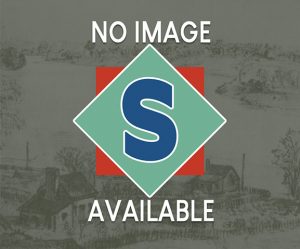Palmer Hayden
Born Peyton Cole Hedgeman, in Widewater, Virginia in 1890, Hayden left the family at the age of 16 and went to Washington D.C. where he joined the circus. When not working, he sketched. Circus administrators turned his artwork into advertising posters. After a stint in the Army, Palmer Hayden moved to New York City working as a letter carrier and later as a janitor. When time permitted, he took art classes at Columbia University and Cooper Union.
Hayden then studied in 1925 with Asa Grant Randall at the Boothbay Art Colony, in Maine, specializing in marine subjects. In 1927, Hayden’s seascape, Schooners, won first prize for “Distinguished Achievement in Fine Arts” in the Harmon Foundation’s first awards ceremony. With that award, and an additional grant from a patron, Hayden was able to continue his studies in Paris, where he further developed his skills in seascapes and ethnic subject matter. Hayden was among the first African-American artists to use African-American subjects and designs in his painting.
Hayden returned to the United States in 1932 and worked steadily over the next several years for the United States government, including the Treasury Relief Art Project and the Works Progress Administration. In 1944 Hayden began work on his noted Ballad of John Henry series of twelve paintings that would occupy him for a decade. In his later work, Hayden continued to focus on African-American themes, capturing both rural gatherings in the South and the urban milieu of New York.
Although he was sometimes criticized for perpetuating racist minstrel imagery at a time when the African American community was looking to shed such stereotypes, Hayden was also perhaps responding to the broader discussion surrounding African American identity that was taking place at that moment among thinkers and writers such as W.E.B. Du Bois and Locke. In the 21st century Hayden and his contemporaries (e.g., Archibald Motley, Jr., and Augusta Savage) are generally understood as having engaged in that debate through their art as an inroad to understanding what it both meant and looked like to be the “New Negro.”
“Uncle Peyton” was fondly remembered by an extended family in the Widewater area who were not aware of his fame. Many family members thought ‘painter’ meant a house painter. It was well into the 1960s before most of his siblings and family knew of his famous works when they would be invited to attend some exhibits including one at the esteemed Fisk University in Tennessee.
In Stafford, his church home of Oak Grove Baptist Church was the memories used for many of his Southern paintings including “Baptism Day” from 1945. Palmer Hayden died in 1973.
The Narrative Artistry of Palmer C. Hayden
Letter between Hayden CousinsLetter between Hayden Cousins
University Program with DedicationUniversity Program with Dedication from Hayden
Against the Odds – Palmer Hayden ProgramAgainst the Odds – Palmer Hayden Program
#FallenThroughTheCracks: Black Artists in History – Palmer Hayden (youtube.com)
Palmer C. Hayden demonstrating his technique of painting | Britannica
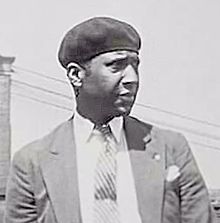
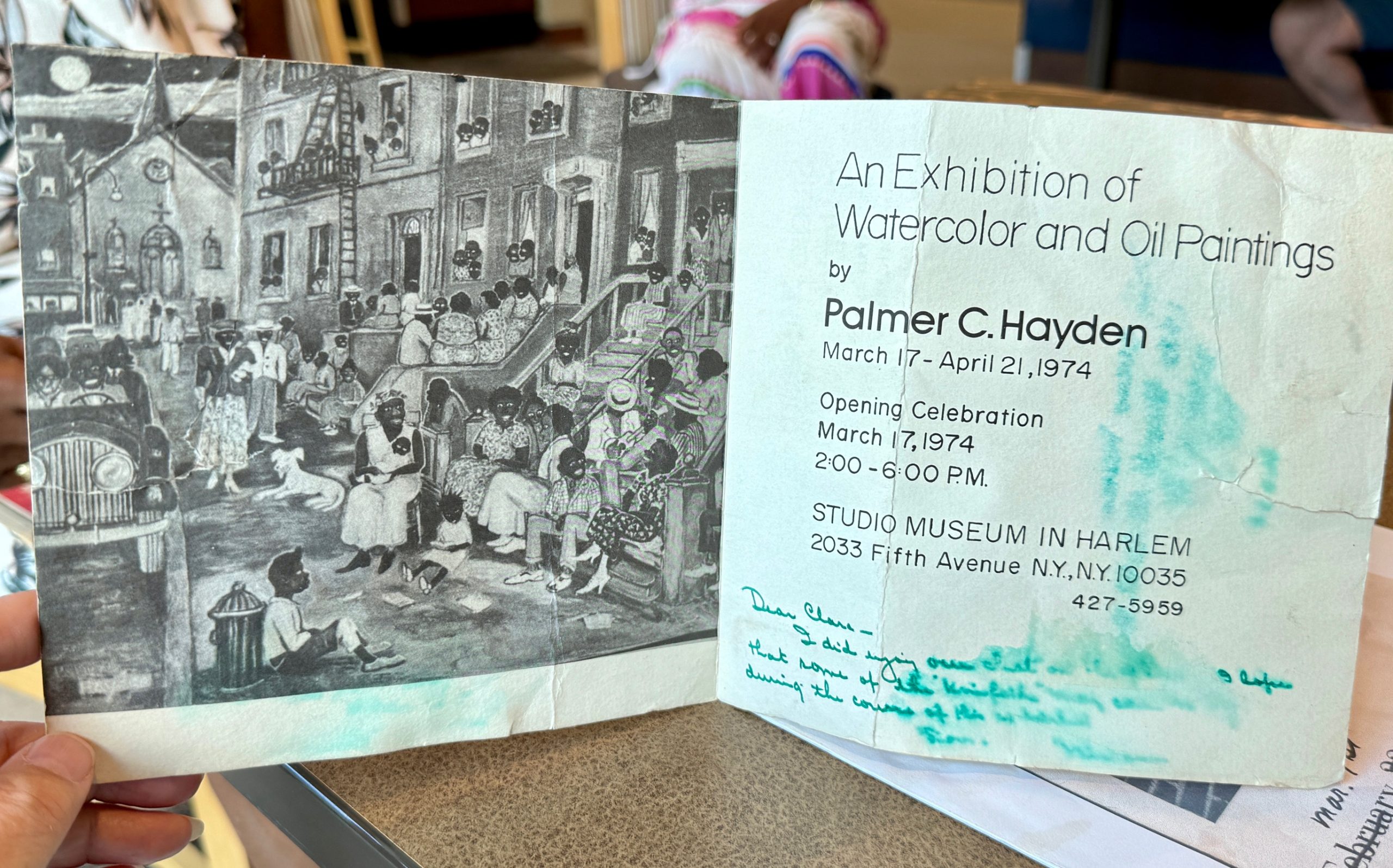
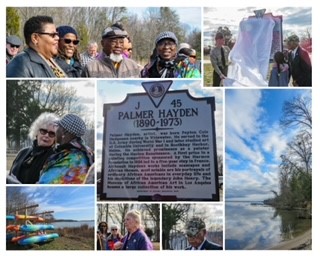
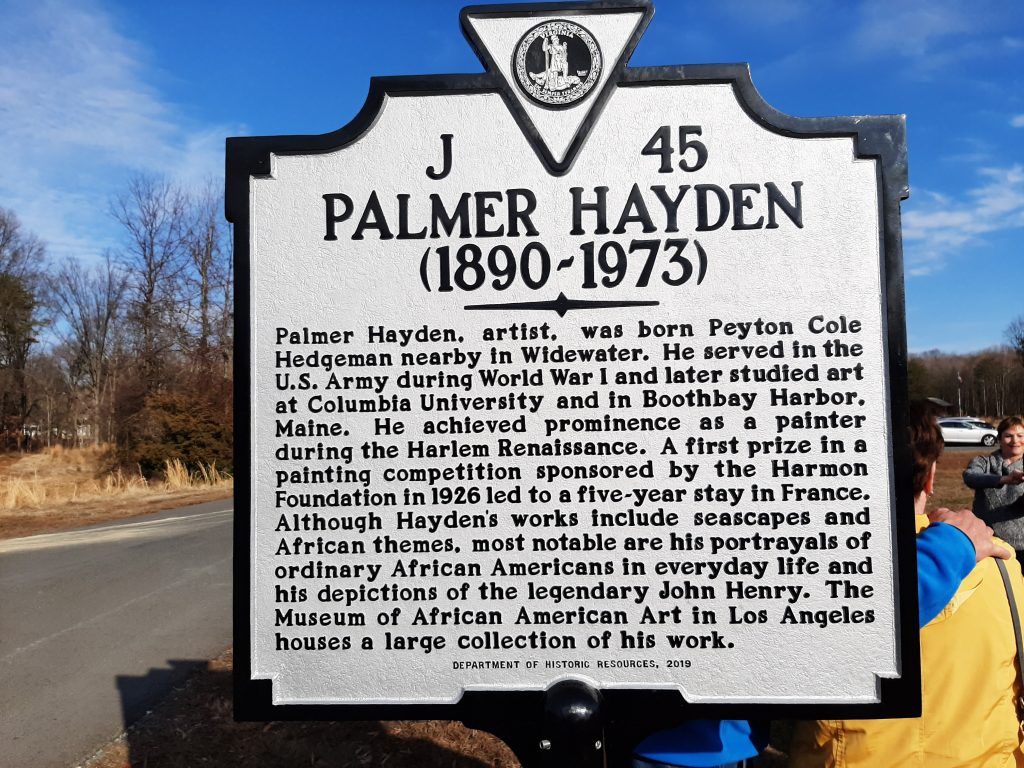
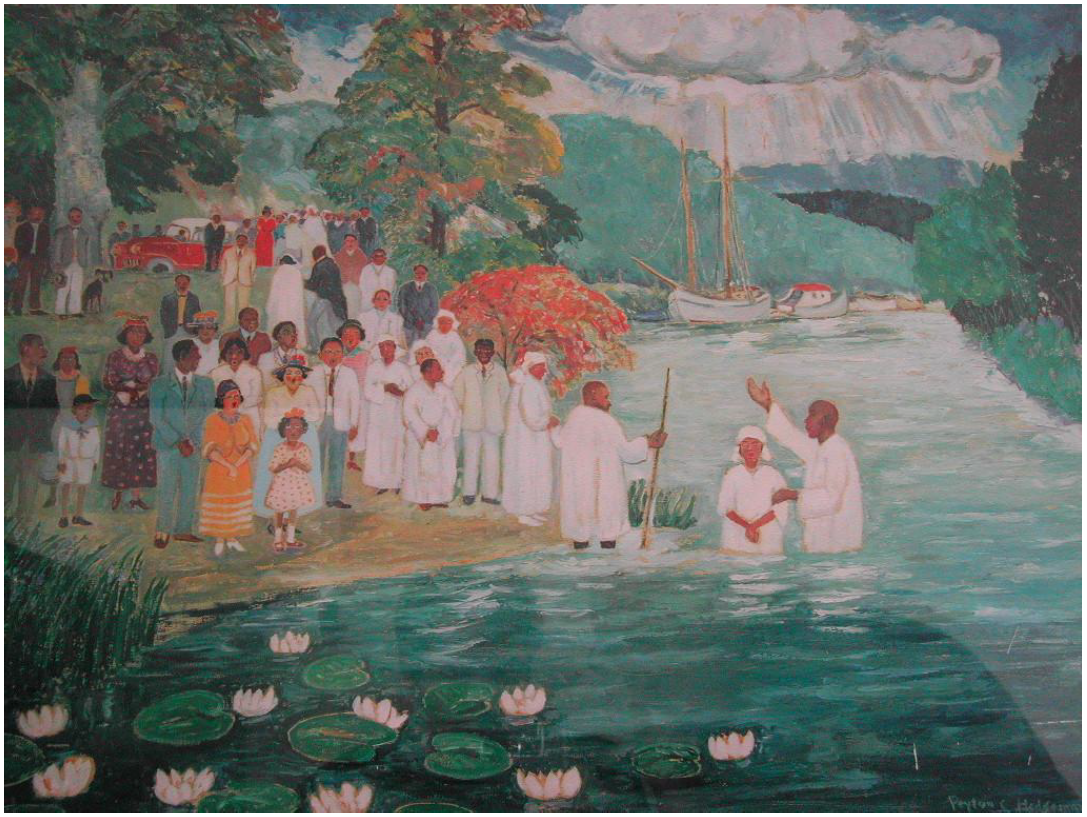

“The Janitor Who Paints” – Audio about painting


